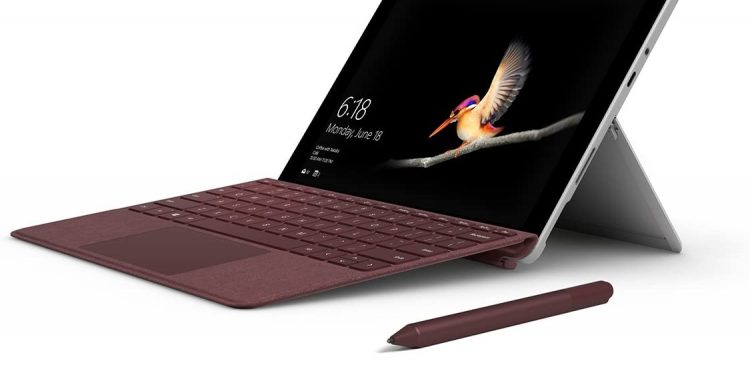I liked the original Surface Go it was well built and more usable as a tablet than any other Surface but there were definitely issues. It was too slow to rely on regularly. And even though the $400 entry price seemed compelling, it started creeping up quickly once you added a $100 Type Cover and bumped up your RAM and storage. Once you go beyond $500, it’s not hard to find last-gen ultraportables on sale that could be far more practical.
Judging the Surface Go 2 comes down to your expectations. Can you live with slow performance to get a well-designed $400 tablet PC (not including a keyboard)? Or are you OK with spending hundreds extra to get a slightly more capable machine that’s as cute as a button? If you answered yes to either question, this might be the mini PC for you. If you answered no, stay far away, for this path leads to frustration.
The Surface Go 2 offers some slight improvements over the original: A larger screen and a faster CPU option. But the $400 model isn’t much different, and all of the upgrades and accessories add up quickly.
For the Surface Go 2, Microsoft increased the performance a bit with a Core m3 CPU option, dropped in a slightly larger 10.5-inch screen without making the device larger, and added a dose of connectivity with optional LTE. But fundamentally, it’s not that much different from its predecessor.
In fact, Microsoft didn’t change anything about its design. It’s still relatively slim and uses the same sturdy magnesium-alloy finish we’re used to in the Surface line. The iconic kickstand is there too, and it can once again open up to 165 degrees (a great angle for drawing and handwriting with the $115 Surface Pen). Since its dimensions haven’t budged, the Surface Go 2 also relies on the same $100 Type Cover from two years ago (or the $130 Alcantara-clad cover).
I can’t imagine Microsoft would completely redesign the Surface Go after its debut, but it would have been nice to see more of a push forward. The larger screen is certainly nice to have, but the overall experience on the $400 base model hasn’t changed at all over the past two years. It’s still equipped with a lowly Pentium Gold CPU (though it’s at least based on a newer chip architecture); it still has a meager 4GB of RAM, and there’s only 64GB of sluggish eMMC storage. In comparison, Apple’s $329 iPad is equipped with a Fusion A10 processor, a remnant from the iPhone 7 that’s still pretty zippy today; 3GB of RAM; and 32GB of storage. It also has the advantage of being built for a mobile OS instead of Windows.
I get it: Trying to spec out a $400 tablet is tough. But Microsoft could have made the base Surface Go 2 a bit more compelling by bundling it with an accessory. Maybe throw in a Type Cover? Because nobody should buy this thing (or any Surface for that matter) without a keyboard. (If you’ve read any of my previous Surface reviews, you’ll know this is a hill I’m prepared to die on.)



